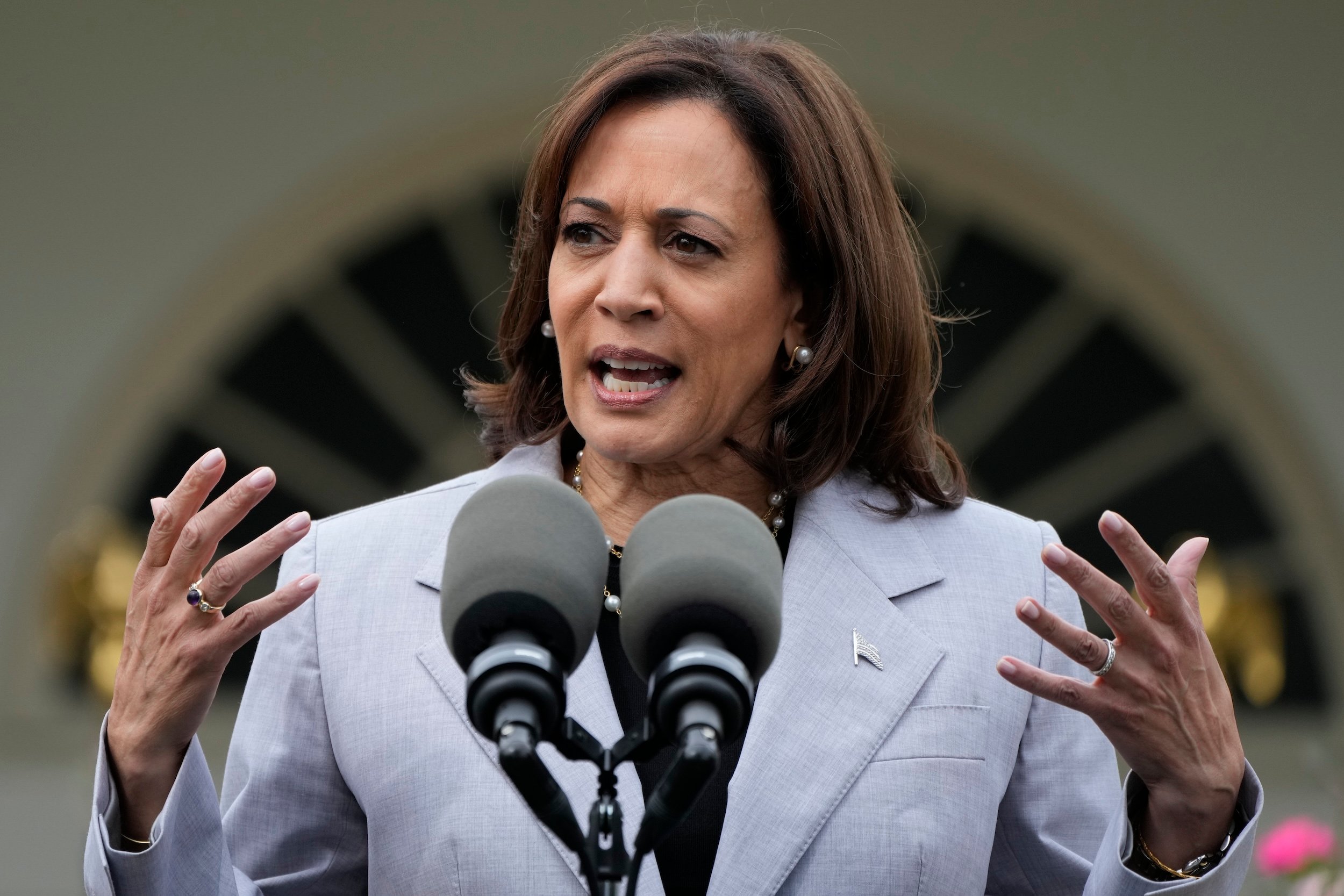What To Know Today
Away from the headlines, police shootings take their toll in rural communities. The Marshall Project and the Kentucky Center for Investigative Reporting analyzed data from The Washington Post’s police shootings database and, in a story published in partnership with The New York Times, found that about 1,200 people were fatally shot by police in rural areas from 2015 through 2020. That compares to 2,100 police shooting deaths in cities in the same period. And while deadly police shootings declined overall in that period, rural areas saw a slower decline (9 percent down over five years) than urban ones (19 percent). Notable differences: Unlike in urban police shootings, where 37 percent of people fatally shot by police are Black, two-thirds of police shooting fatalities in rural areas were white victims, and Black victims made up only 10 percent of rural deaths. Since white people make up the majority of rural populations in most states, that seems to track — except that in some states, Black people were killed in numbers disproportionate to their percentage of the population. The reporters call out Louisiana as a stark example, given that Black people make up about 20 percent of its rural population, but 37 percent of rural police shooting deaths. The agency with the most fatal shootings in a rural area since 2015? The Kentucky State Police, which shot and killed 33 people. As in urban police shootings, most people shot in rural Kentucky were men, a majority had drug or mental health histories, and shootings were concentrated in poorer areas.
Spreading the word that stimulus funds can be used for street outreach hazard pay. A brief from the Alliance for Safety and Justice lays out the ways for state and local governments to get extra money for violence interrupters and other “essential” workers. Referring to Treasury Department interim guidance on how officials can use hundreds of billions from the American Rescue Plan, the brief points out that nonprofit direct service providers who did essential work during the pandemic can be eligible for extra pay — $13 per hour, or up to $25,000 more per essential worker. Related: Last year, we reported on how violence interrupters and other outreach workers were pulling double duty to confront spiking violence and the pandemic. This May, outreach workers told us how difficult it is to get by on their often-meager wages.
Proud Boys supporter who allegedly threatened to kill senator pleads guilty. Eduard Florea confessed to a series of social media threats he made before and during the January 6 insurrection. Senator Raphael Warnock, who won a special election the day of the Capitol riot, was among his named targets. Florea, who used the online moniker “LoneWolfWar” on Parler, also admitted to keeping more than 900 rounds of ammo in his New York City home. “I am awaiting my orders… armed and ready to deploy,” he allegedly wrote in one message sent during the insurrection. “It’s time to unleash some violence.” Sentencing will take place in November.
Save the date: Oral arguments in the first major SCOTUS gun case in more than a decade. On November 3, the high court will hear New York State Rifle & Pistol Association v. Bruen, in which NRA-backed plaintiffs seek to overturn a New York State policy requiring people applying for handgun licenses to demonstrate a pressing need to carry firearms in public. More from The Trace: Jennifer Mascia previewed the case, in which the court could go beyond New York’s law to include six states with similar permitting rules or even hold that the right to bear arms extends to the public sphere under the Second Amendment.
Data Point
At least 70 — the number of people shot in Chicago, Philadelphia, and New York over the weekend, including at least 16 people who died from their injuries. All three cities have struggled to contain violence since the pandemic surge. [ABC News]

